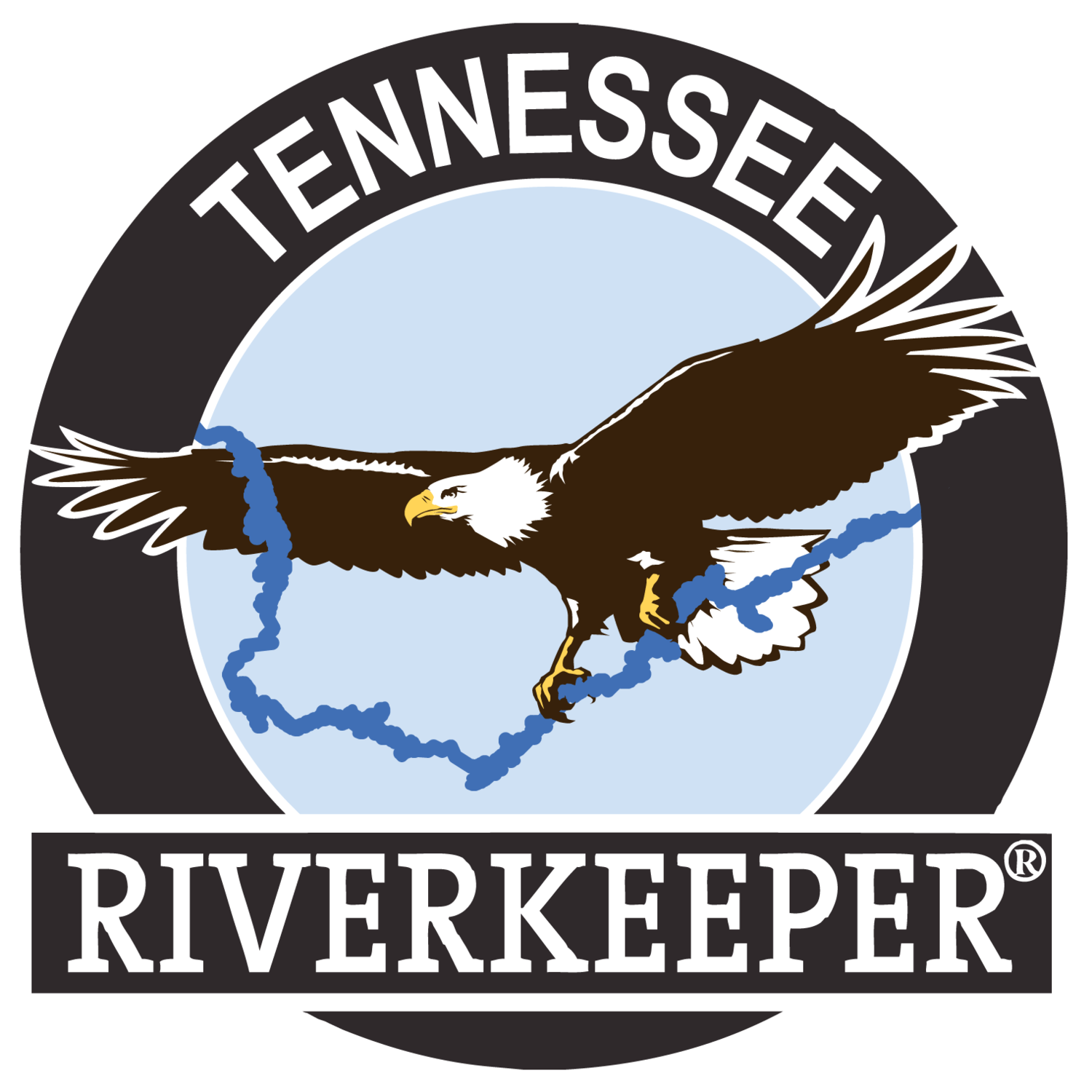The Tennessee and Cumberland Rivers

Originally called “Tanasi” after a Cherokee village on its bank, the Tennessee River marks the boundary between Middle and West Tennessee.
At approximately 652 miles long, the Tennessee River is the largest tributary of the Ohio River. Formed where the Holston and French Broad rivers meet, the river flows from Knoxville, TN southwest toward the Chattanooga before it loops through northern Alabama, and returns to Tennessee. This impressive journey is part of what makes the Tennessee River the centerpiece of one of the country’s most important waterways.
Flowing into the Tennessee River via a channel near Land Between the Lakes National Recreation Area is the Cumberland River. The Cumberland is approximately 688 miles long and is runs through both central Tennessee and southern Kentucky. The river flows west from the Appalachian Mountains before it meets with the Ohio River at the mouth of the Tennessee River. Some major tributaries of the Cumberland River include the Obey, Caney Fork, Stones, and Red rivers.
Today, the Tennessee and Cumberland rivers serve important roles in the lives of the nearly 8 million citizens that live in their watershed. These rivers provide water, hydropower, natural beauty and recreation to numerous major cities including Nashville, Knoxville, and Chattanooga in Tennessee as well as Huntsville, Bridgeport, and Florence in Alabama.
“Keep your rivers flowing as they will, and you will continue to know the most important of all freedoms — the boundless scope of the human mind to contemplate wonders, and to begin to understand their meaning.”
THE SINGING RIVER
Each segment of the Tennessee and Cumberland rivers hold a unique history and culture of the lands they touch. For example, where the Tennessee River flows into Muscle Shoals, AL there is a legend of a Native American girl who would sing beautifully, inspired by the sounds of the river. Settlers and other tribes would hear her voice and believe the song came from the water itself. This led to the nickname “The Singing River” and the Muscle Shoals region has gone on to produce such hit songs as “Mustang Sally”, “When a Man Loves a Woman”, and “Freebird”.
Tennessee and Cumberland River Species
The Cumberland and Tennessee Rivers are home to various species. These rivers are among the most aquatically biodiverse river systems in North America. It is also habitat for the largest nesting population of bald eagles in the United States. The Nature Conservancy considers the Tennessee Basin as a whole to be the single most biologically diverse river system for aquatic organisms in the United States. It also harbors the highest number of imperiled species of any large basin in North America with 57 fish species and 47 mussel species considered to be “at-risk.” The southeastern U.S. possesses about 90% of the world’s species of mussels and crayfish, about 73% of the aquatic snails, and about 50% of the freshwater fish of the continental United States. The Tennessee River system alone is home to about 230 species of fish and 100 species of mussels, many of which are endemic to the watershed. The Tennessee River is currently the most important source of commercial mussels in the world.
River Uses
The natural resources of the Tennessee River watershed generate millions of dollars for state and local governments. Thousands of people enjoy the Tennessee River and its tributaries for a variety of activities including fishing, boating, water sports, hiking and birdwatching. In addition to recreation, the Tennessee River watershed acts as an essential thruway for commercial vessels and the shipping distribution of goods and materials.
